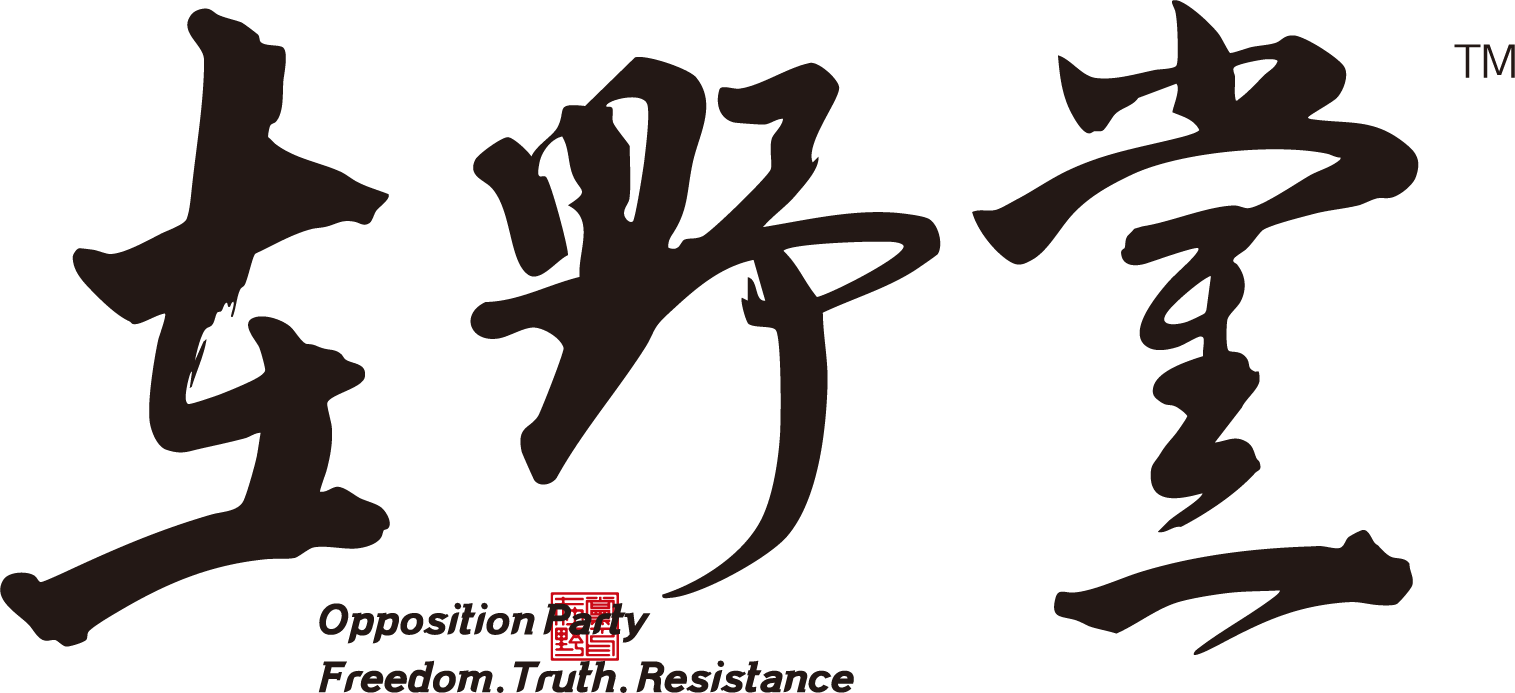作者:张兴贵
编辑:李堃 责任编辑:刘芳 校对:程筱筱
文章简述了日本靠长期投入与制度保障提前实现诺贝尔奖目标,而中国科研因行政化、缺乏自由与短视投入而难以孕育真正的科学突破。
日本在2002年提出了一个看似“狂妄”的计划:50年内拿下30个诺贝尔奖。当时,中国官媒哄堂大笑,《人民日报》斥之为“狂妄”,新华社讥讽为“痴人说梦”。然而,到了2025年,当大阪大学免疫学家坂口志文荣获诺贝尔医学奖,日本的诺贝尔奖总数已经达到31项。这份“狂言”不仅成真,还提前26年完成。这是一份令全世界瞠目结舌的答卷,不仅代表一个国家的胜利,更是一面镜子,照出了中国科研的真实现状。
一、日本的“狂言”为何成真?
首先,日本明确了方向:基础研究是核心。他们深知,诺贝尔奖不是靠短期功利项目,而是依赖长期积累的原创性突破。于是,日本政府与高校携手,投入巨资支持基础科学,鼓励科学家在冷门领域深耕。例如,2012年的山中伸弥诱导多能干细胞(IPS细胞)研究获得诺贝尔医学奖,而这项研究的背后,是日本政府和机构十余年的持续支持。
其次,日本建立了一套尊重科学家的制度体系。他们的科研环境允许失败,鼓励自由探索。科学家不必为行政表格与KPI指标发愁,可以专注于研究本身。“坂口志文”的Treg细胞研究耗费了数十年才取得突破,但大阪大学始终给予他充分的信任与支持。这种制度保障了科学家的创造力,也孕育了诺贝尔级的成果。
最后,日本的科研文化强调耐心与专注。他们不急功近利,不追求立竿见影的“政绩”。从田中耕一的质谱技术到大隅良典的自噬研究,日本的诺贝尔奖得主都在一个领域深耕数十年,甚至一生。这种专注,既是一种文化,也是一种制度的力量。
日本的成功告诉我们:诺贝尔奖并非偶然所得,而是制度、投入与文化的结晶。
二、中国的“计划”为何屡屡落空?
反观中国,在过去二十多年间,我们提出了无数宏大的计划:“863计划”、“973计划”、“中国制造2025”、“科教兴国”,每一个计划都轰轰烈烈,每一个口号都振奋人心。然而,这些计划的结局却往往是雷声大、雨点小。为什么?因为我们擅长提出目标,却很少追问:这些目标由谁来实现?又靠什么实现?
首先,我们的科研制度存在严重问题。在中国,科学家往往被困于行政体系的泥潭之中。科研被行政力量主导,科学家的研究方向常常被“规划”所左右。项目申请、经费审批、绩效考核、论文指标……这些繁琐的程序几乎耗尽了科学家的精力。
其次,我们的科研文化缺乏自由与包容。我们希望科学家为国争光,却忘了:科学的光芒,源于自由的思想。我们喊着“创新”的口号,却往往不敢谈“自由”的前提。真正的科学突破,离不开独立的思想和批判的精神。然而,在我们的学术环境中,质疑权威、挑战主流往往被视为“离经叛道”。我们希望科学家获得诺贝尔奖,却不允许真正独立的思想存在。这样的矛盾,如何能孕育伟大的科学?
最后,我们的科研投入常常急功近利。许多项目以“应用”为导向,而对基础研究的支持远远不足。诺贝尔奖及成果,往往需要数十年的积累,但我们的科研政策却总盯着“五年规划”“十年目标”。大多数大学和科研机构实行所谓“非升即走” 或“考核淘汰制”。高校要求教授、副教授或青年研究员在一定年限内必须产出规定数量的论文、项目或成果,还要求有应用转化,否则可能被解聘或降职。科研变成KPI游戏,没人敢做冷门课题。行政主导扼杀创造力。科学家没有时间失败,不允许失败。这种短视让我们与真正的科学高峰渐行渐远。我们的文化却被“速成”和“政绩”绑架。
我们不缺聪明的大脑,也不缺雄厚的资源,缺的只是让科学真正生根发芽的土壤。科学的光芒,属于那些敢于追问、敢于坚持的人。
Japan’s Nobel Miracle and China’s Scientific Dilemma
Author: Zhang Xinggui
Editor: Li Kun Executive Editor: Liu Fang Proofreader: Cheng Xiaoxiao Translator: Peng Xiaomei
This essay compares Japan’s long-term, institutionally supported success in winning Nobel Prizes with China’s administratively driven, short-sighted research system. It argues that while Japan’s steady investment and respect for scientific freedom have borne fruit, China’s bureaucratic control and obsession with short-term results have stifled true innovation.
In 2002, Japan announced what many called a “crazy” goal: to win 30 Nobel Prizes within 50 years. At the time, China’s state media mocked it. People’s Daily called it “arrogant,” while Xinhua News Agency derided it as “a fool’s dream.”
Yet by 2025, when Osaka University immunologist Shimon Sakaguchi received the Nobel Prize in Medicine, Japan’s total Nobel count had reached 31—achieving its goal 26 years ahead of schedule. What once sounded like an overambitious boast became a national miracle. And more importantly, it now stands as a mirror—reflecting the structural weaknesses of Chinese science.
I. Why Japan’s “Arrogant Dream” Came True
1. A Clear Direction: Basic Research First. Japan understood that Nobel Prizes are not won through short-term or utilitarian projects but through long-term, original breakthroughs. The government and universities jointly poured massive funding into basic science, encouraging scientists to explore even unfashionable or uncertain areas. Take the case of Shinya Yamanaka’s work on induced pluripotent stem cells (iPS cells), which earned the 2012 Nobel Prize in Medicine. Behind this success lay over a decade of sustained support from both government and private institutions.
2. A System that Respects Scientists. Japan built an institutional environment that allows failure and values academic freedom. Researchers are not crushed by administrative paperwork or KPI metrics—they are free to focus on inquiry itself.
Sakaguchi’s research on T-regulatory cells took decades to mature, yet Osaka University never withdrew its trust or funding. Such patience and institutional confidence empower creativity and make Nobel-level discoveries possible.
3. A Culture of Patience and Focus. Japanese science values perseverance over instant results. From Koichi Tanaka’s mass spectrometry innovations to Yoshinori Ohsumi’s autophagy research, almost every Japanese Nobel laureate has spent decades—even a lifetime—working in one field. This cultural dedication to depth and endurance is not accidental—it is reinforced by systems that reward patience and integrity.
Japan’s achievement shows that the Nobel Prize is never a stroke of luck—it is the culmination of policy, persistence, and culture.
II. Why China’s Grand Plans Keep Failing
Over the past two decades, China has launched countless grand programs—the “863 Program,” “973 Program,” “Made in China 2025,” and “Revitalize the Nation through Science and Education.” Each began with fanfare and lofty rhetoric. Yet most ended quietly, with little to show for them. Why? Because China is good at setting goals—but rarely asks who will achieve them, and how.
1. Bureaucracy Suffocates Science. In China, scientists are entangled in an administrative web. Research is directed by bureaucrats, not curiosity. Grant applications, funding approvals, performance evaluations, and publication quotas consume endless hours.
2. Lack of Freedom and Tolerance. True science thrives on freedom of thought. Yet while China urges scientists to “bring glory to the nation,” it restricts their intellectual independence. Innovation without freedom is a contradiction in terms. critical thinking and dissent—essential to any breakthrough—are often condemned as “rebellious.” How can Nobel-worthy ideas emerge in an environment that punishes independent minds?
3. China’s research investment is often marked by impatience and short-sightedness. Many projects are designed with immediate “applications” in mind, while support for fundamental research remains woefully insufficient. True scientific breakthroughs—like those that win Nobel Prizes—require decades of steady accumulation, yet our national policies are obsessed with “five-year plans” and “ten-year goals.” Most universities and research institutions operate under rigid systems such as “up-or-out” or “performance elimination,” where professors, associate professors, and young researchers must, within a prescribed number of years, publish a certain quota of papers, secure grants, or deliver measurable “results.” They are also expected to demonstrate industrial application and economic conversion, or else face demotion or dismissal. Under such conditions, research has become nothing more than a KPI-driven game—no one dares to pursue an unpopular or high-risk field. Administrative control suffocates creativity; scientists are given no time to fail, and in truth, are not even allowed to fail. This shortsighted pursuit of quick results distances us further and further from the true summits of scientific achievement. Our academic culture has been hijacked by the worship of “instant success” and “political performance.” What we lack is not intelligence or resources, but the fertile soil in which science can truly take root and grow. The light of science belongs only to those who dare to question, who dare to persist, and who are allowed the freedom to fail before they succeed.


冯仍-rId6-1920X1080.jpeg?w=218&resize=218,150&ssl=1)



16期-rId5-400X400.jpeg?w=100&resize=100,70&ssl=1)

